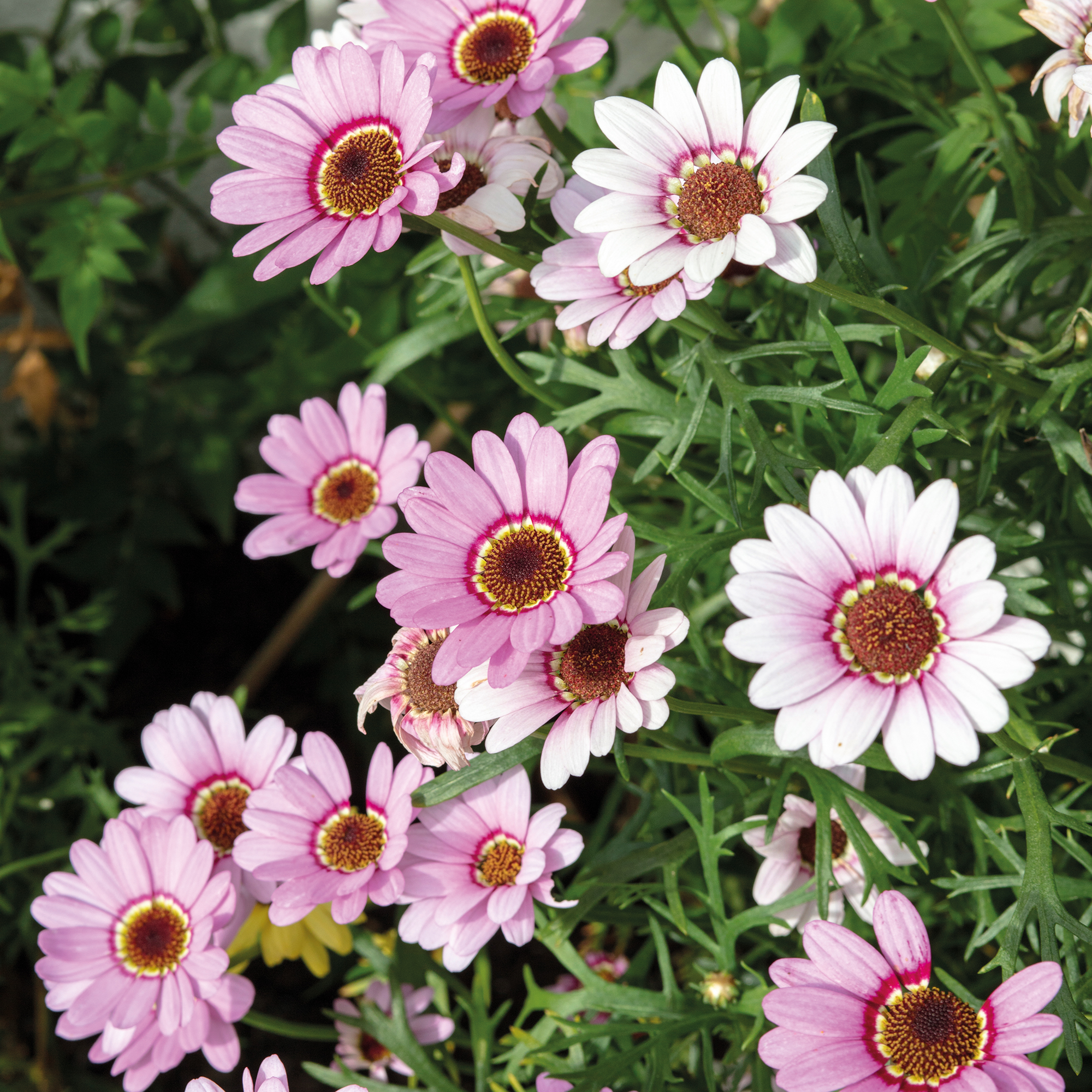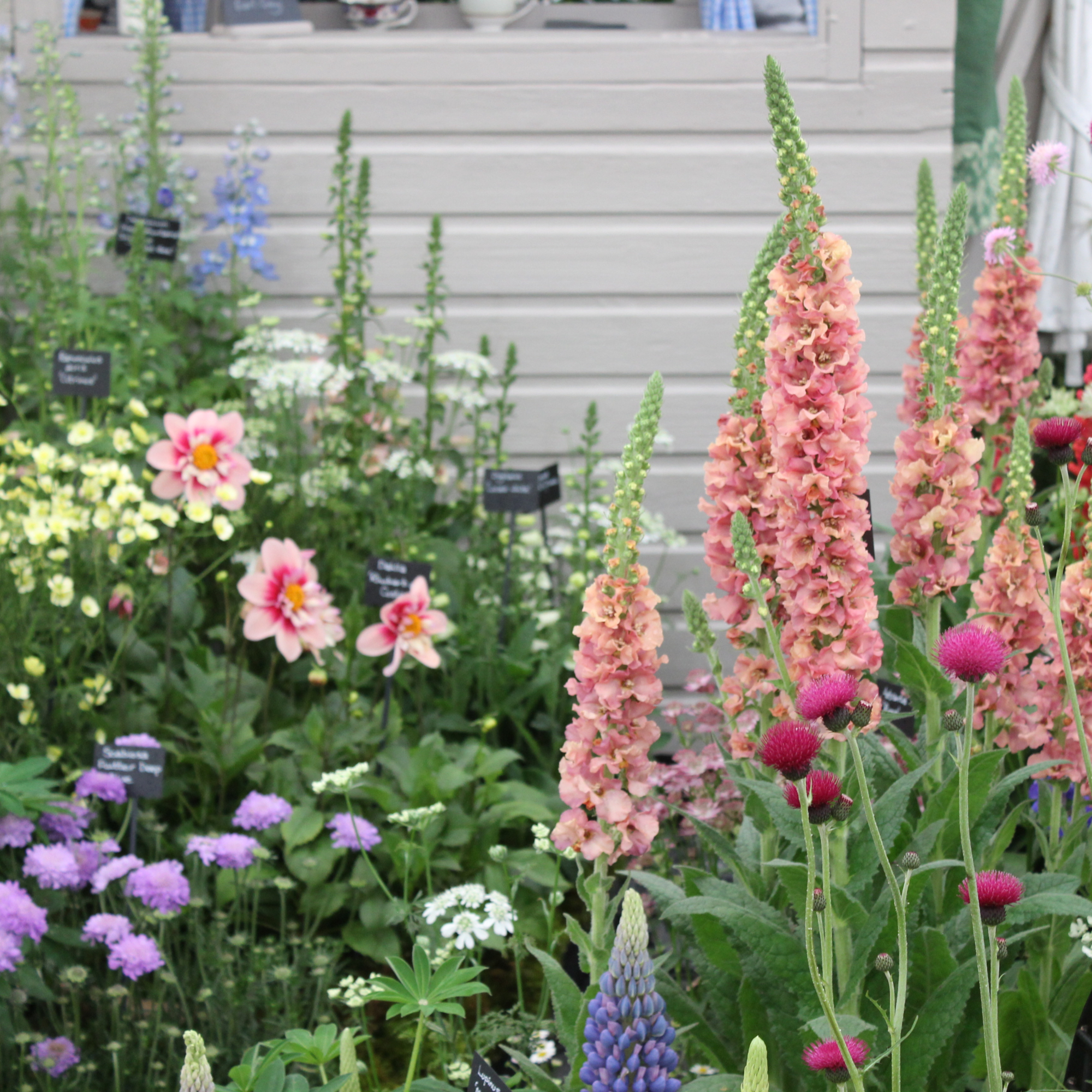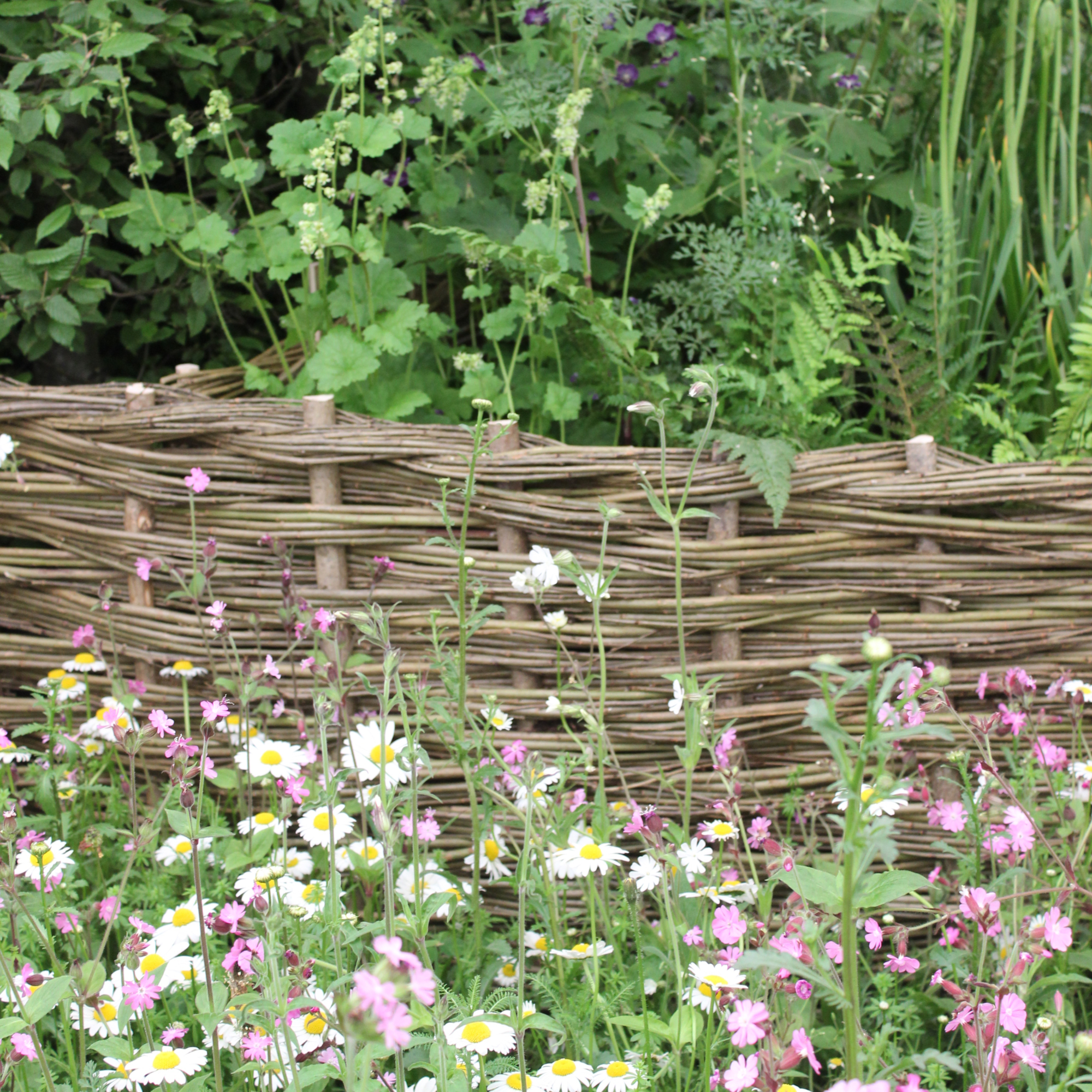
When it comes to one of the most important garden chores it has to be deadheading. These simple chores can help keep your flowers blooming for longer and help them look more vibrant and healthier year after year. However, it is very easy to get this simple chore wrong.
‘For gardeners, deadheading is an essential technique to maintain healthy and vibrant flowers while encouraging them to produce new blooms. By removing fading flowers, the plant can redirect its growing energy towards new buds, extending its bloom time and promoting fuller, bushier growth,’ declares Liam Bryne, Plant Area Manager at Hillier Garden Centre Sunningdale.
Deadheading mistakes to avoid
While we know that deadheading roses or deadheading lupins will lead to great benefits for your garden border ideas. Getting it wrong can lead to plant infections, stunted plants and a very messy finish in general.
To help you avoid these pitfalls we've spoken to the garden experts to round up the deadheading mistakes we should all be avoiding.
1. Not checking to see if you should be deadheading a plant

Before you even think about deadheading a plant, we always recommend doing a quick check to see if it is actually one that needs deadheading. While some plants thrive from deadheading, for others this additional step is not necessary at all.
According to the RHS it is best to avoid deadheading plants that don't set much seed or neatly deadhead themselves such as fuchsias, bedding lobelias and salvias. To keep you right a quick search will save you from deadheading a plant that doesn't really need it, or alternatively, forgetting to deadhead a plant that could do with some extra attention.
2. Deadheading at the wrong time of year
‘When deadheading your plants, timing can be crucial as you need to wait until the flower has faded and begun to wilt,’ reveals Andrew White, gardening expert at Rhino Greenhouse Direct. ‘Leaving the flower too long can attract pests to your plant, whereas deadheading too early can weaken the plant. Only deadhead flowers that have faded and begun to wilt.’
‘Try to keep on top of watching flowers so that you can remove dead heads as soon as you see them, and do the same for dead leaves. Deadheading flowers will help to ensure that the strength created by the leaves can go into the roots of the plant instead, so that it can be stored to re-flower next year,’ outlines Steve Chilton, LeisureBench’s garden expert.
‘Once the summer months come to a close, avoid deadheading your plants,’ Andrew continues.

3. Deadheading during or directly after stressful conditions
‘Like humans, plants can become stressed from their environments,’ outlines Andrew. ‘Avoid deadheading your plants in extreme weather conditions, such as droughts or extreme heat.’
Deadheading an already stressed-out plant could lead to further stressing the plant and even affect its growth.
4. Trimming at the wrong point of the stem
‘Trimming dead blooms at the wrong point on the stem is a common deadheading mistake. When pruning spent flowers, cut just above a set of healthy leaves or above a leaf node. If you cut at other points, you risk creating a bare stem that fails to produce future leaves or flowers,’ says Fiona Jenkins, gardening expert at MyJobQuote.co.uk.
‘It’s also important not to remove new buds or points where new growth will emerge.’
‘For roses, you should regularly cut the stem back to the first set of five leaves. Make a clean cut at a slight angle, keeping your tools sharp and clean,’ suggests Steve. ‘In perennial plants, there may be groups of flowering stalks at the ends of the branches. You should only remove the stalks that have finished flowering, and let the rest completely bloom,’ Fiona concludes.
And, ‘for warm-season annual flowers, you need to deadhead the plants as soon as the flowers have withered to encourage them to bloom again. They should be cut down to the first place with a leaf-forming bud if possible,’ Steve proffers.

5. Not disinfecting your secateurs or garden tools
You may not realise that not cleaning and disinfecting your garden tools properly before you start to deadhead could increase the likelihood of infection and damage to your healthy plants.
Making sure that your secateurs or garden scissors are sharp is also important, as dull blades can cause jagged cuts, which in turn could also increase the possibility of damage or the spreading of diseases.
‘Once you have cut a plant, use an alcohol wipe or cloth dipped in alcohol (or disinfectant) to clean your tools before moving on to the next plant to prevent the spread of diseases. You should also be cleaning tools between each session of deadheading,’ Steve affirms. ‘Ensure tools are dry and then apply motor or machine oil (or similar) to stop a buildup of rust.’

6. If you want to collect seeds, don’t deadhead every plant
This isn't so much a damaging mistake, as much as something you'll be kicking yourself for accidentally doing. If you plan on taking seeds from your plants to propagate at a later date, don’t deadhead every single plant.
'Plants such as sunflowers have large seed heads that will be left behind when deadheading,’ Steve adds. ‘Collect these leftover seeds to plant next year, or leave some in your garden that can be eaten by birds.’
FAQs
Do all plants need deadheading?
As we mentioned in the very first point, not all plants need deadheading. So, it is important that you check and double-check before you get your secateurs at the ready.
‘Plants that may not require it include those that produce bird-friendly seeds, have decorative berries or ornamental seedheads,’ says Steve. ‘Similarly, you will not need to deadhead plants that produce a lot of flowers to the point where it would be considered impractical, or any plants that are difficult to reach safely (e.g. climbing plants). If you want your plants to self-seed or want to collect seeds later, you can also leave the heads alone.’







